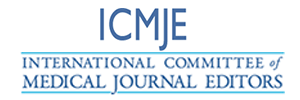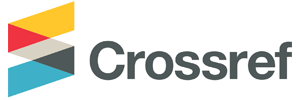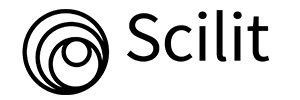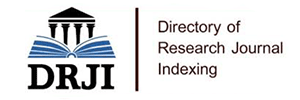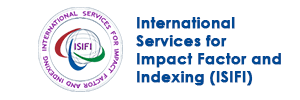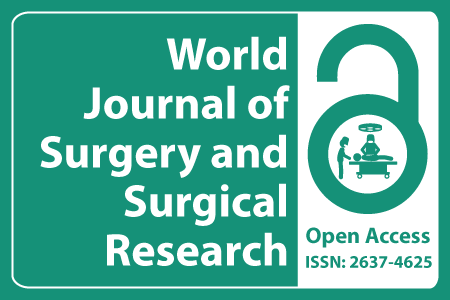
Journal Basic Info
- Impact Factor: 1.989**
- H-Index: 6
- ISSN: 2637-4625
- DOI: 10.25107/2637-4625
Major Scope
- Obstetrics & Gynecology
- Ophthalmology
- Urological Surgery
- Anesthesiology
- Gynecological Surgery
- Breast Surgery
- Ophthalmology & Eye Surgery
- Hand Surgery
Abstract
Citation: World J Surg Surg Res. 2019;2(1):1182.DOI: 10.25107/2637-4625.1182
Extended High Hilar Resection and Enlarged Hepatic Portal Enterostomy in the Treatment of Hilar Cholangiocarcinoma
Abdul Qahar Saleh*, Chen Yu-Xin, Ning Shang Lei, Guo Ling Yu and Habibullah Fitrat
Department of Hepatobiliary, Qilu Hospital of Shandong University, China
*Correspondance to: Abdul Qahar Saleh
PDF Full Text Review Article | Open Access
Abstract:
Background: Tertiary biliary radical reconstruction and biliary-enteric continuity restoration limits
the radical resection of hilar cholangiocarcinoma, because there are multiple biliary radicals in the
cut surface of liver and some of them are smaller than 1 mm to 2 mm. Enlarged anastomosis orifice
might delay the jaundice related to local recurrence which is the main cause of long-term morbidity
and mortality. We proposed extended high hilar resection and enlarged hepatic portal parenchymaenterostomy
for hilar cholangiocarcinoma.
Methods: Fifty-six patients of hepatic hilar cholangiocarcinoma were referred for surgical treatment
from March 2016 to March 2018. Duplex Ultrasonography (US), Computed Tomography (CT)
and/or Magnetic Resonance Cholangiopancreatography (MRCP) were applied to evaluate the range
of invasion and distant metastasis of tumors. Percutaneous Transhepatic Biliary Drainage (PTCD)
and bile refusion were performed on patients with Child Grade C, and a Total Bilirubin (TB) level
higher than 400 μmol/L and Child Grade B or above.
Results: Hepatic hilar resection and portal parenchyma-enterostomy was performed on 51 patients,
and stent enterostomy was carried out on 5 patients. Eleven patients underwent right hepatic artery
resection and partial resection of portal vein was performed on 4 patients. Combined right/or left
lobectomy with caudate lobectomy was carried out on 16 patients. The levels of serum Aspartate
Aminotransferase (AST) and Alanine Aminotransferase (ALT) decreased significantly. Icterus
was significantly improved and the serum TB level decreased postoperatively. Hepatic abscess
occurred in 3 patients. One patient with bile leakage died of pneumonia 2 months post operation.
The remaining patients recovered three months after operation to a life close to normal conditions.
Conclusion: Extended high hilar resection and enlarged hepatic portal enterostomy was applied for
the treatment of hilar cholangiocarcinoma patients and it had a positive outcome in many patients.
Keywords:
High hilar cholangiocarcinoma; Portal parenchyma enterostomy; AST; ALT
Cite the Article:
Saleh AQ, Yu-Xin C, Shang Lei N, Ling Yu G, Fitrat H. Extended High Hilar Resection and Enlarged Hepatic Portal Enterostomy in the Treatment of Hilar Cholangiocarcinoma. World J Surg Surgical Res. 2019; 2: 1182..
